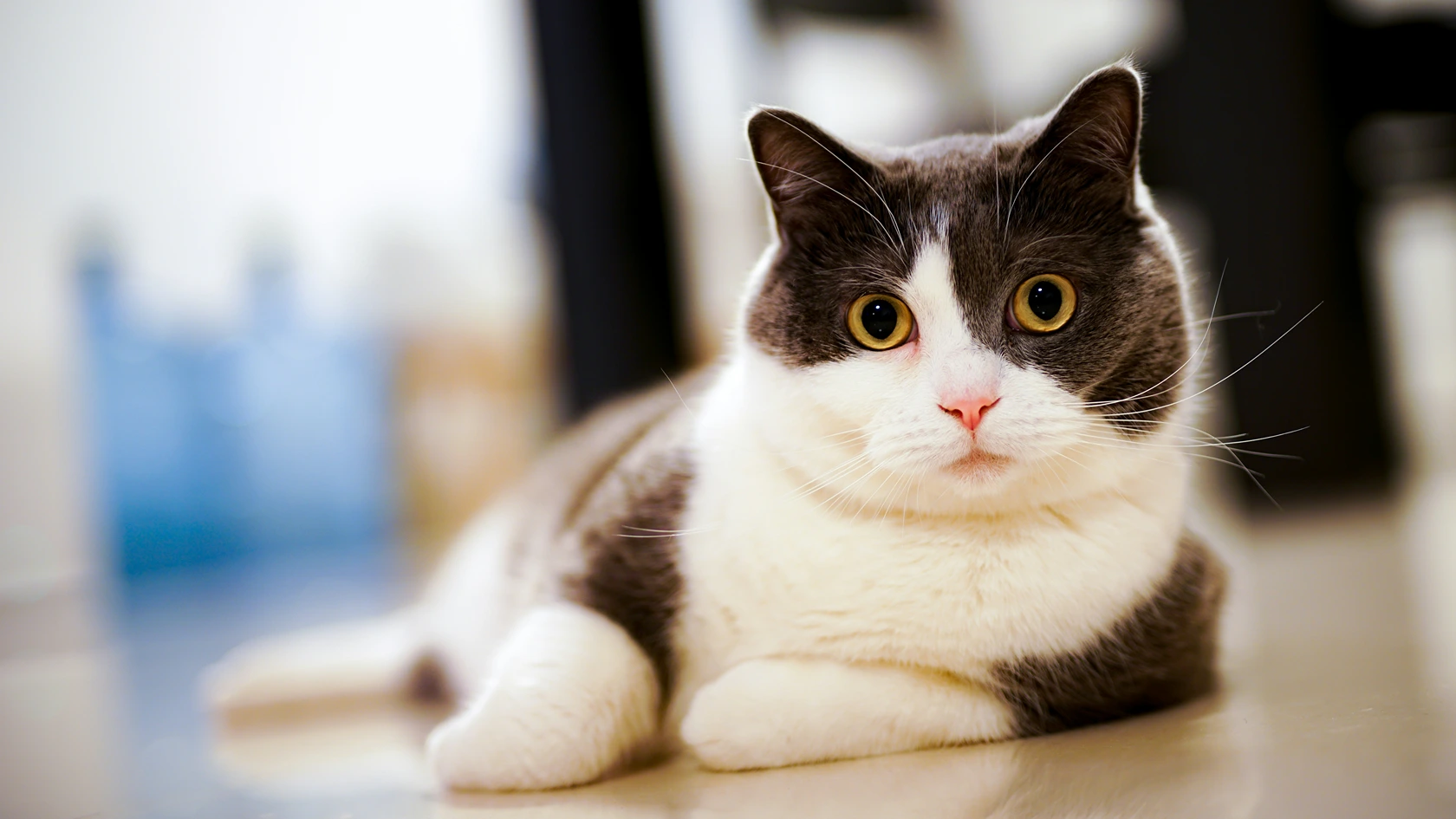TL;DR: Do Female Cats Spray?
- Yes, they do: Spraying is less common in females but still happens, often triggered by stress, territory, or changes in their environment.
- Spraying vs urination: Spraying is the small amounts of urine on vertical surfaces, meant for communication, not bladder emptying.
- Common causes: Female cats may spray to mark territory, show mating behaviour, or cope with stress. Health issues, routine changes, or tension with other cats can also play a big role in why it happens.
- Spayed cats: Surgery reduces spraying, though it doesn’t always stop it completely. When it still happens, it’s usually more about stress or habit than hormones.
- How to stop it: Start by finding what’s setting your cat off, clean sprayed areas really well, and give her plenty of enrichment, manage multi-cat households, use pheromone products, and check in with your vet if it keeps happening.
Still dealing with spraying? Consult with us, we’re here to help you understand your cat’s needs and guide you toward simple changes that can bring comfort to your cat.
Spraying can be confusing and frustrating for cat owners, especially when it happens right inside the house. While spraying is more common in males, female cats are indeed capable of spraying, but the reasons behind it, and how you can stop it, are a little more complex. For many owners, the behaviour feels confusing because it doesn’t look like ordinary urination and often seems to happen without warning.
To manage spraying effectively, it helps to know what your cat is really trying to say and how small changes can make a big difference. In this blog, we’ll break down why cats spray, the common causes behind the behaviour, and effective steps you can take to manage it.
What is Urine Spraying in Cats
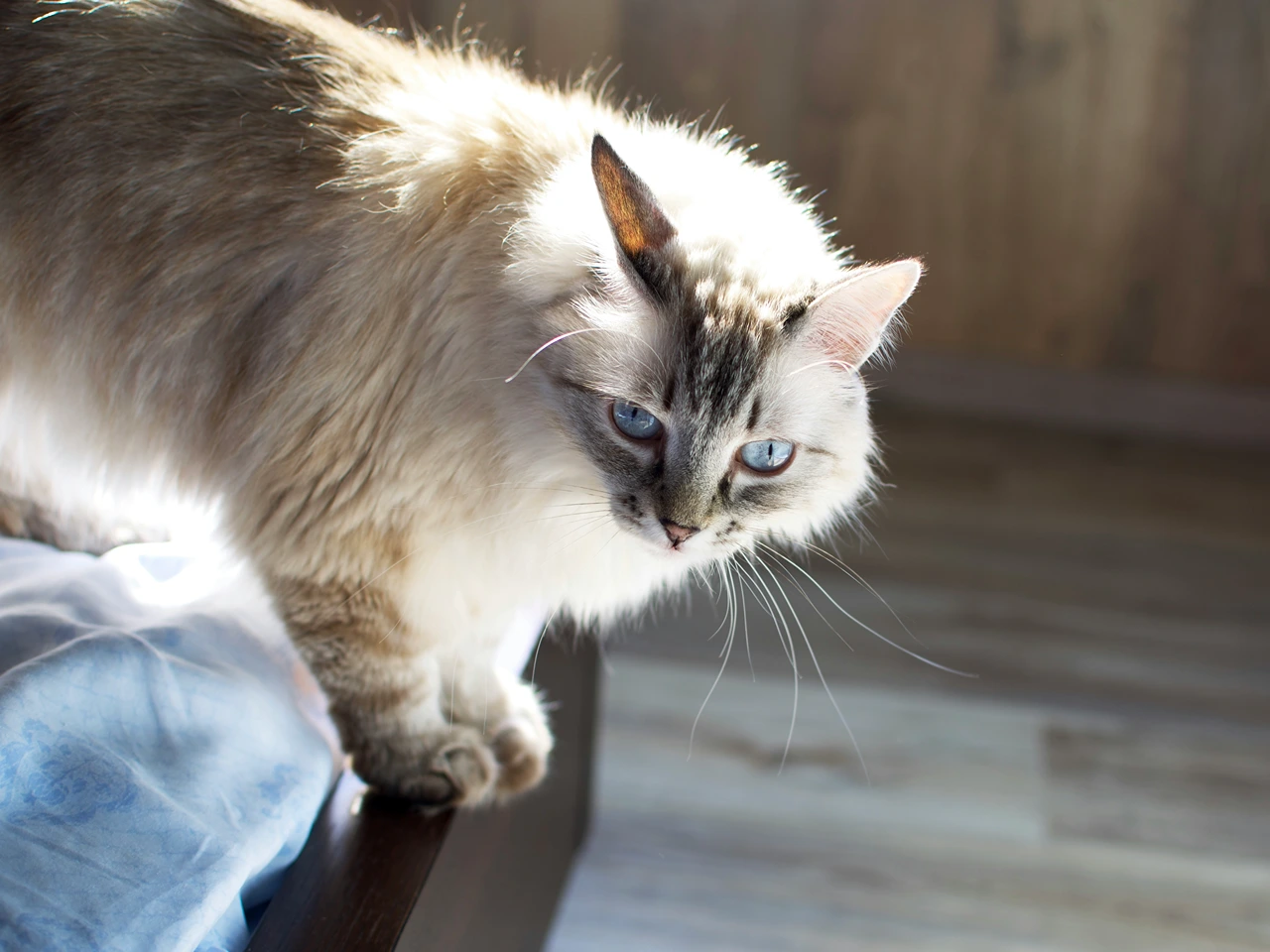
Spraying is a form of communication that’s quite different from normal urination. When a cat is spraying, they typically back up against a vertical surface like a wall, furniture, or even a door, and release only a small amount of urine. This isn’t about emptying their bladder but about leaving a message.
- A cat will stand tall, lift their tail (often quivering), and release urine at about nose height so other cats can detect it.
- This liquid is loaded with specific pheromones that help cats communicate territory boundaries, emotional states, or mating availability.
- Unlike cats that simply urinate outside the litter box, spraying will usually only mark small targeted areas.
So, the difference between spraying and urination is in both the amount of urine released and the purpose behind spraying.
Do Female Cats Spray?
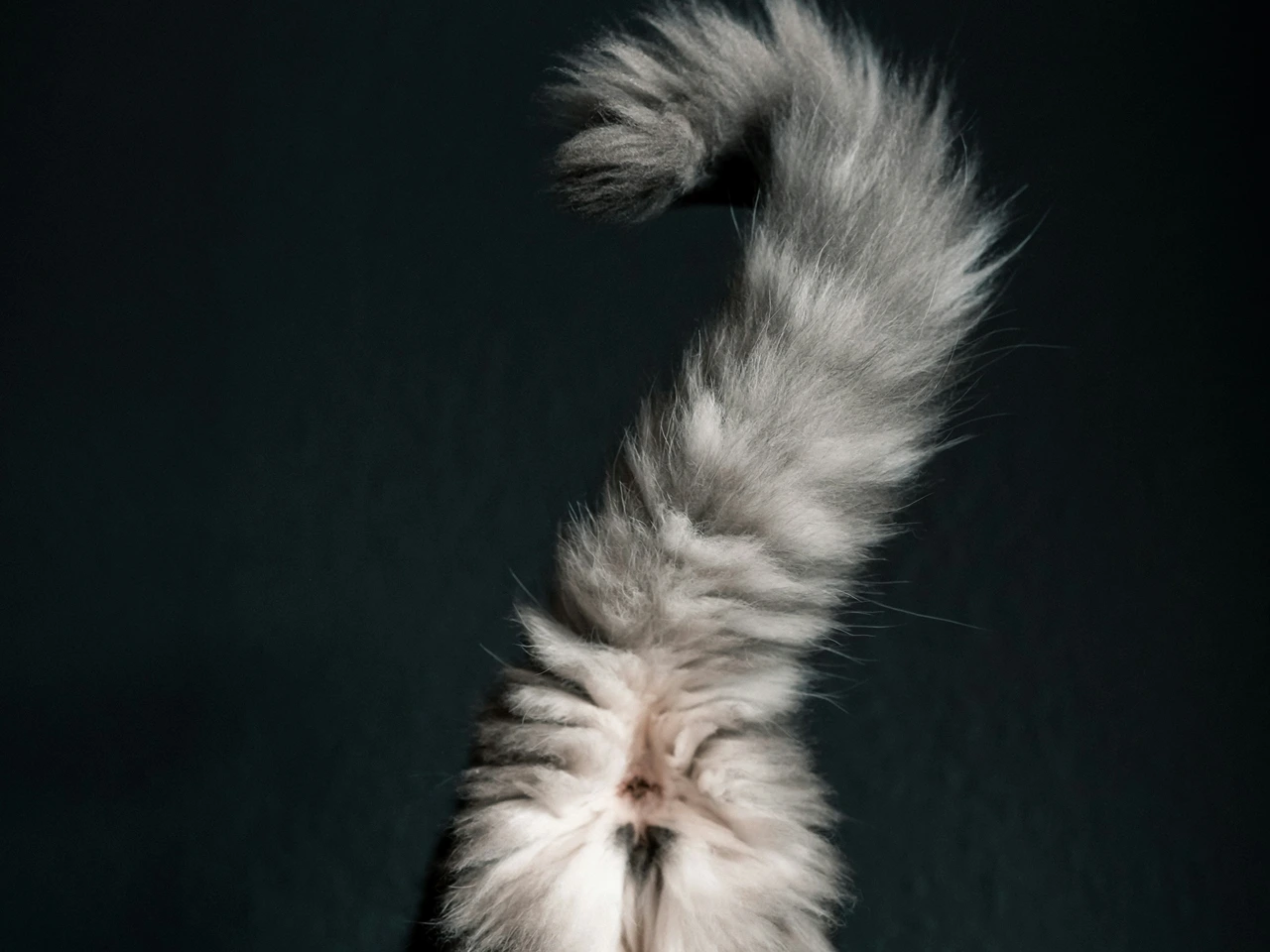
Yes, female cats can spray. While this behaviour is more common in unneutered male cats, female cats may also do it in certain situations. A male or female cat may spray for similar reasons, but females usually only start when something triggers them, such as stress or changes in their environment.
Female cats may spray urine at any stage of life, so it’s not just a habit limited to younger or older cats. If there are multiple cats in the home, spraying tends to happen more often because small conflicts or competition can lead to territorial marking.
Even an indoor cat isn’t exempt; she may spray if she sees other cats outside or feels like her space is being challenged. After all, cats spray to attract mates or to communicate with other cats, making it their way of sending messages about territory, status, or readiness to reproduce.
Reasons Female Cats Spray Urine
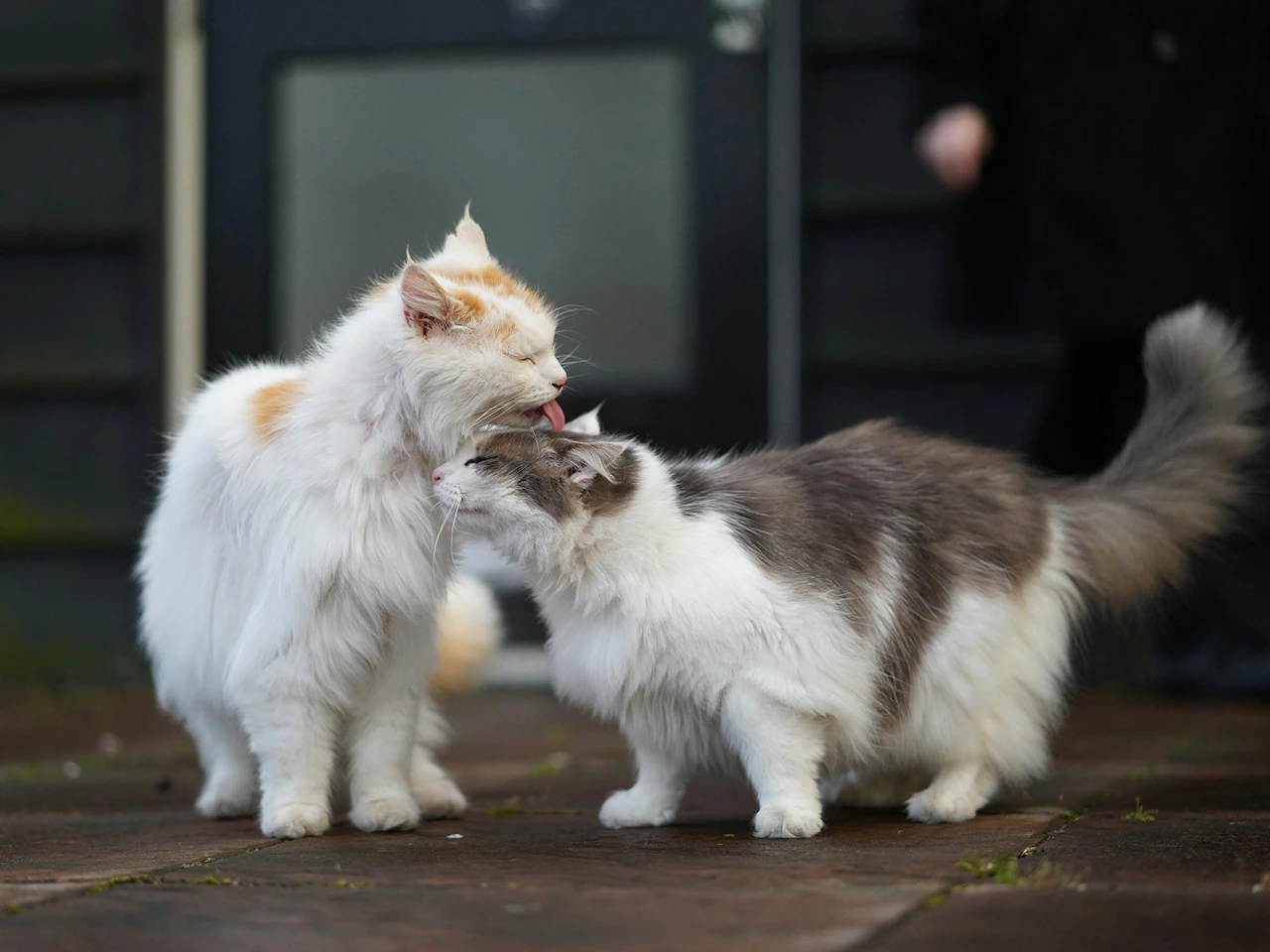
There are several reasons behind spraying, and understanding them makes it easier to manage the behaviour.
Marking Territory
Urine marking is one of the most common ways for cats to communicate. Cats commonly spray near doors, windows, or entry points when they sense outdoor cats, as a way to claim their space.
Mating Behaviour
Cats often spray when in heat, especially if they are not spayed or neutered. A female may spray specifically to attract male cats, signalling her availability.
Stress or Anxiety
When a cat is stressed, spraying can become a coping mechanism. It may happen after changes in routine, the arrival of a new cat, loud noises, or even when the environment feels uncertain.
Medical Issues
Sometimes, spraying isn’t behavioural at all. A hidden health problem, such as a urinary tract infection, can trigger spraying or cause your cat to urinate in unusual spots.
Neighbourhood Cats
The presence of another cat outside, even one just passing by, is enough to unsettle a feline and trigger spraying indoors as a defensive response.
Changes in Environment
Moving to a new place, adding furniture, or bringing in a new cat can make a cat feel unsettled. Spraying often happens as they adjust to these shifts.
Social Conflict
In homes with both male and female cats, spraying can increase when tension builds. Cats deal with stress by marking when they feel threatened, and spraying becomes their way of showing discomfort.
Litter Box Issues
If the litter box is dirty, too few in number, or hard to access, cats may urinate outside of it. Alongside this, they may spray to show frustration or to mark other areas of the home.
Do Neutered or Spayed Cats Still Spray?
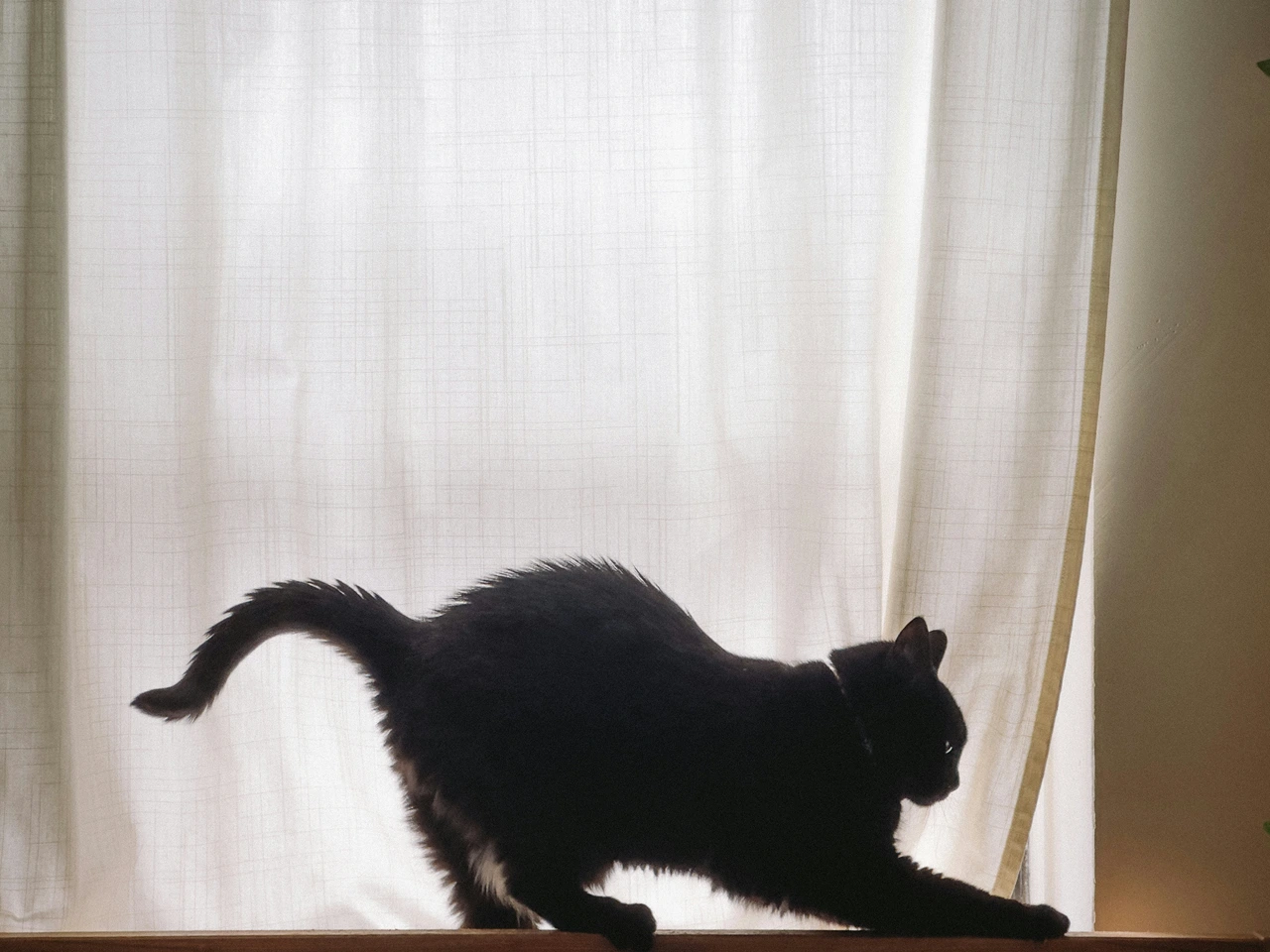
Yes, but it happens far less often. Spayed or neutered cats may also spray, though not nearly as frequently as intact cats. When a neutered or spayed cat does spray, it’s usually linked to behavioural stress or environmental triggers rather than hormones.
The timing of the surgery makes a difference. Cats altered before reaching sexual maturity are much less likely to develop spraying habits. However, some may continue to spray simply because they learned the behaviour early on, even if the hormonal drive has faded.
In rare cases, residual hormones may play a role, but most owners notice a significant reduction in spraying after surgery. Most cats do really well once you tackle the issue.
How Do I Stop a Cat from Spraying?
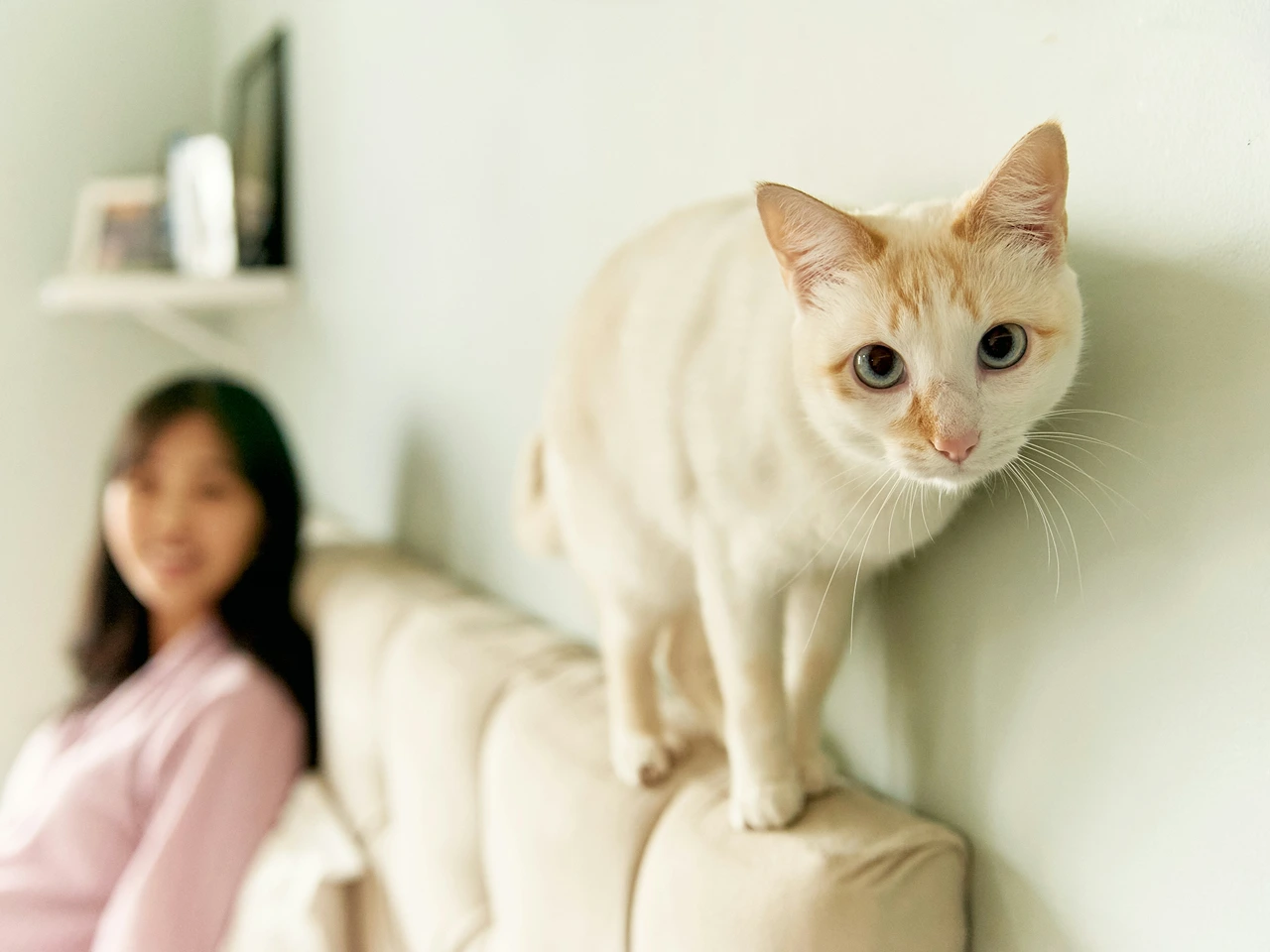
It all starts with figuring out why your cat is spraying and making sure they have a space where they feel safe. While spraying is a natural behaviour, the right steps can greatly reduce it.
- Identify and remove triggers: If your cat keeps marking, start by finding the cause. For example, block window views if outdoor cats are causing stress, since this can raise the likelihood of spraying indoors.
- Clean thoroughly: Once a cat has sprayed, the lingering smell of cat urine can attract them back to the same spot. Using enzymatic cleaners ensures the odour is completely broken down and prevents repeat marking.
- Provide enrichment: Boredom increases the chance of spraying. Add cat trees, toys, and vertical spaces so cats at home have more ways to play, climb, and release tension.
- Manage multi-cat households: In homes with several pets, make sure each cat has access to its own food, water, and safe areas. When you make sure each cat feels secure, it reduces conflict and lowers the likelihood of spraying.
- Use pheromone products: Synthetic pheromones mimic natural scents that relax cats. They help calm a stressed cat and reduce the chance they’ll spray due to anxiety.
- Keep litter boxes clean: Dirty litter boxes often push cats to mark elsewhere. Cats can also avoid boxes that don’t feel private or comfortable, so keep them clean and well-placed.
- Reduce stress factors: Routines matter. A cat feels safest when daily life is predictable, so avoid sudden disruptions that could make them unsettled and more likely to spray.
- Consult your veterinarian: If the issue continues despite changes, it’s time to rule out health concerns. Sometimes spraying is linked to medical problems, and your vet can provide proper guidance.
With patience and consistency, you can help your cat feel calmer and more secure. Making thoughtful adjustments can help ease their stress and, over time, greatly reduce or even eliminate spraying.
Final Thoughts
Spraying in female cats can be frustrating, but it helps to remember that your cat isn’t doing it out of spite—it’s her way of sending a message. Whether she’s marking territory, stressed by changes, or reacting to other cats outside, spraying often points to a deeper need for comfort and security.
With a few adjustments, you can usually make a big difference. And if it continues, a quick vet check-up can rule out health issues. With patience and consistency, your home (and your cat) can feel much more at ease.
Frequently Asked Questions
How do I know if my cat is spraying or just urinating?
Spraying and urinating look similar at first, but there are key differences.
Posture matters: Cats that spray usually stand tall and back up to a wall or furniture instead of squatting.
Tail signal: A cat that is spraying will have their tail lifted and often quivering while releasing urine.
Purpose vs function: Cat spraying vs urination comes down to intent—spraying is about communication, urination is about bladder relief.
Amount of urine: Spraying leaves small marks, whereas urination produces larger puddles.
Underlying meaning: Spraying behaviour is often tied to marking territory or emotional stress, unlike simple litter box use.
Do female cats spray like males?
Yes, female cats can spray, though not as frequently as males.
Hormonal influence: Male cat spraying is more common, but females may do it under certain conditions.
Stress triggers: A female may spray if her environment feels unpredictable or unsafe.
Territorial needs: Sometimes, a conflict between cats in the same household prompts spraying as a way to set boundaries.
Mating signals: For unspayed cats, spraying can also be linked to reproduction cycles.
Individual habits: Not every female cat sprays, but those that do usually respond to changes or stress in their surroundings.
What causes a female cat to spray?
Spraying can develop from a mix of emotional, social, and physical factors.
Territory defence: A female cat may spray when she senses another animal threatening her space.
Environmental stress: Moving homes, new pets, or sudden changes may lead to spraying as a coping mechanism.
Medical concerns: Cats with urinary tract infections or other health issues may show changes that look like spraying.
Mating drive: Unspayed females sometimes spray when hormonally primed for reproduction.
Household dynamics: Living with multiple cats can increase stress and lead to spraying as a way of managing social pressure.
Can spayed cats still spray, and what should I do?
Yes, some cats continue to spray even after being fixed, but it can be managed.
Behavioural habit: Cats that learned to spray early may continue out of routine, not hormones.
Stress triggers: Changes in the home or the presence of outside animals may spark spray, and how to manage depends on reducing those triggers.
Calming tools: Pheromone diffusers can help keep a female cat from spraying when she feels unsettled.
Balanced resources: Giving cats their own litter boxes, food, and resting areas helps prevent stress.
Health checks: If spraying is often paired with unusual urination, a vet visit rules out medical issues.
How can I stop or reduce spraying in my cat?
Prevention comes down to removing stressors and keeping your cat secure.
Scent removal: Clean sprayed areas with enzymatic cleaners so cats don’t return to mark them again.
Provide enrichment: Bored cats are more likely to act out; toys and climbing spaces reduce frustration.
Maintain routine: A steady daily schedule helps reduce stress and minimizes the chances that spraying will be triggered.
Manage multi-cat homes: Reducing competition between pets limits the situations that lead to spraying.
Expert support: If spraying behaviour persists despite changes, a veterinarian or feline behaviourist can help.

